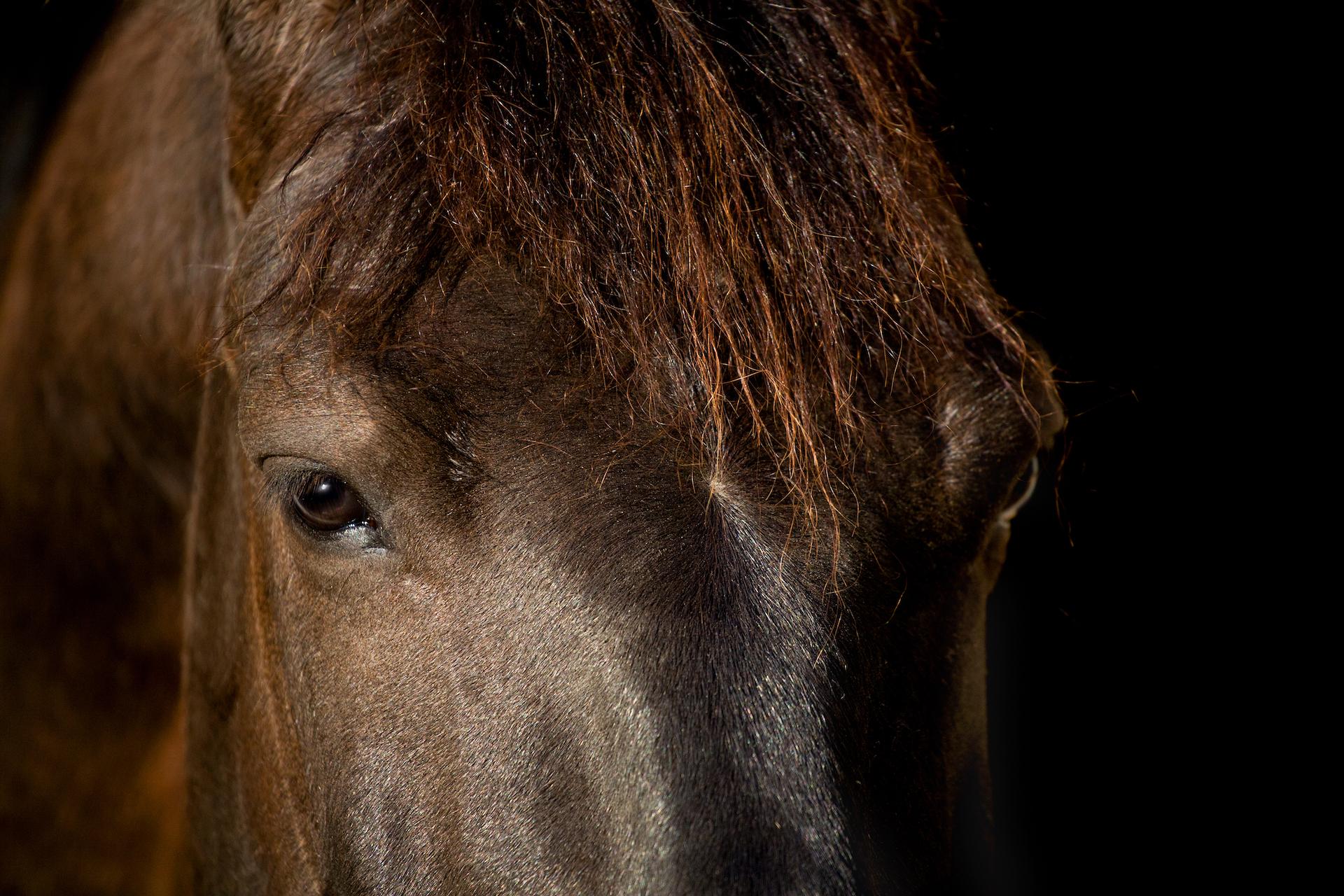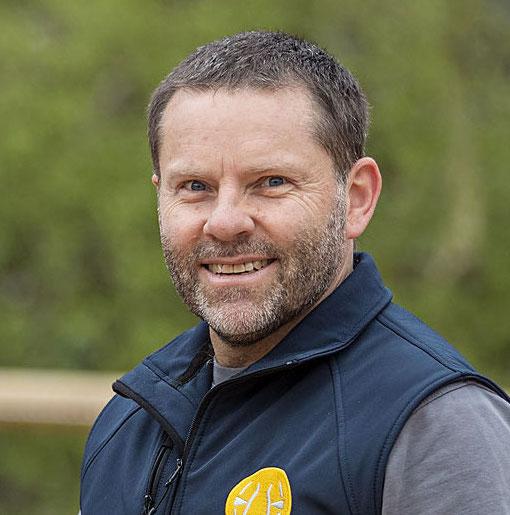22 December, 2023
Sometimes, at the end of the year, I like to take a look at what is happening in the world of equine podiatry and publicly express my personal view.
I see a very big trend to remove shoes from horses, driven by the urgent need to improve the health of the horses' hooves and to make up for the shortage of farriers. It is also to get rid of those farriers who are incompetent, untrained, or who have lost the ability to shoe horses responsibly, no matter how many qualifications they may once have obtained.
Considering the pendulum swing of trends, more horseshoeing will be removed in the coming years than is desirable because there are not yet enough professionals trained to meet this new market, and because not all environments where horses live are suitable for producing healthy hoofs, which can meet the demands placed on them.
Many horses that have been left barefoot this year may have to be shod again next year simply because "it didn't work." But before they return to shoeing, they will go through some of the alternative shoes. Alternative shoes made of plastic materials, fixed by glue or nails, are a very good option; however, most of them tend to be "bread for today and hunger for tomorrow." Generally speaking, they do not allow the foot to increase the development of its structures, and in the long run, they end up causing more harm than good.
Barefoot is the best alternative for maintaining a healthy hoof in the long term, but it is not applicable to all horses because if the necessary requirements are not met, it does not work. Not because the horse can't, but because the right environment cannot always be created, and there is not always the level of commitment needed to make it happen.
Leaving a horse barefoot and adapting the environment accordingly will continue to be a GROWING trend worldwide and should be taken into account by those who make their living solely from shoeing, shoes, and nails. It is healthier for the horse and is a relatively cheaper alternative. And when there are only a few horses, it opens up the possibility for owners to trim their own horses' hooves.
When owners learn to trim their horses' hooves, they get better results than professionals simply because they often live with the horse. Every week they can go over the hooves using a simple rasp, and this is easy to learn. A professional does not achieve these results because, for various reasons, the time between trimming becomes too long.
Few farriers are prepared for the future. The way of looking at the foot and the horse is already changing. Most of them are still stuck on forging horseshoes because they have chosen to believe that forging is farriery. This majority of professionals give more importance to forging than trimming, and this leads them into a vicious circle from which it is not easy to escape.
As long as the knowledge about trimming a hoof is subjective and wrong, so is the result. Balancing a hoof by traditional trimming is a MATTER OF LUCK. It is the horseshoe and the quality of the forging that compensates for mistakes... but only in the short term.
Large companies selling nails, horseshoes, and therapeutic products continue to use as a marketing strategy the organization of large farriery and forging events and the landing of charismatic professionals to increase the volume of their sales, without taking into account the consequences of the knowledge they transmit. Today, big brands are unknowingly promoting techniques that cause great harm to horses. They sell because someone buys, and on the other side, there is a buyer because someone sells. It is still business, although it has reached its peak many years ago. A lot of effort and investment are put in just to compete for volumes of products that do not increase in proportion. In the near future, this will not be the biggest business for large companies. They should start thinking differently today if they want to gain a comparative advantage tomorrow.
Several schools are concentrating on training farriers and blacksmiths. At first glance, it seems that the way of thinking is "let's teach a lot for a long time, because that will increase our profits," but this way of thinking leads to passing on knowledge that is useless for daily work and often harmful to the horse. The pupils learn a lot, but without knowing how to use what they have learned.
Good forging is still a demonstration of skill, wrongly used as a parameter to measure the quality of the farrier. It offers the freedom to say "look what I do and you don't, this makes me a better farrier than you," but the reality is that a GOOD farrier does not need a competition-quality forging. It is enough to know how to trim correctly and to know which shoe to buy and how to adapt it. The rest is show that conveys illusion for a certain group that buys it.
The world of equine podiatry is very wide, and it is a legitimate livelihood, but it is the horse that bears the consequences of the results, good or bad. For that reason, it is not a simple "let them do what they want." Many horses SUFFER the consequences of this enormous power play.
The trade is protected. Hermetically sealed so that no one dares to speak ill of anyone. This means that even poor work MUST be applauded.
Something is worth watching. Many farriers arrive at the customer's place with a modern vehicle, specially prepared to offer absolutely everything. Large, well-lit, with coffee and music for the client, with x-ray equipment, with all the machinery, tools, and various shoes and shoes. However, it often happens that the result is a horse that walks worse and worse and has to be eliminated from the competition because it can no longer walk. At the other end of the spectrum, there are professionals who, with just a rasp and a rasp, can heal and restore horses.
And if we continue to observe incongruities, the horse podiatrist charges for the work done and not for the result obtained. This leads to many owners having to pay large sums of money for work that, in a short time, transforms healthy feet into diseased feet.
It is reasonable to make mistakes, but to do so repeatedly is highly irresponsible.
Traditional horse podiatry has outdated knowledge that needs to be replaced. Unfortunately, because of the high stakes involved, change will be generational, it will be slow. The hopeful thing is that there is a new generation of podiatrists, farriers, and trimmers who are bringing about positive change. But even better is that owners have begun to differentiate a healthy hoof from a sick one and no longer blindly believe in the arguments of the professional who will always defend and justify his work. Owners have already started to put pressure on professionals to be trained with skills that work.
It's a big world. You see everything. Professionals who study little but do a good job by applying common sense. Empirical workers who only do what they can and know without knowing if what they do is right or wrong. Professionals with all the studies, degrees, and tools but who do not have the natural and necessary skills to do the job. Professional teachers who study and stand out for their skills and good results at the horses' feet. Young people who are on an apprenticeship path. Older people who maintain their passion for the trade until the last moment. Podiatrists dedicated to preventing problems and those dedicated to repairing them. In short... everyone MUST know, even if they don't, otherwise, no one would work.
As far as our teaching system is concerned, for many years we have chosen the simple way. We offer the right and necessary knowledge so that everyone, from professionals to owners, can ensure their horses have healthy feet and walk well.
We offer short courses adapted to the modern world. We have an elective approach, where the student starts the theory in our online school and continues the practice in our training centers, distributed in several countries.
Our concept was born in 1999. Today, we continue to grow. We adapt and maintain our focus on the education and welfare of the horse.

